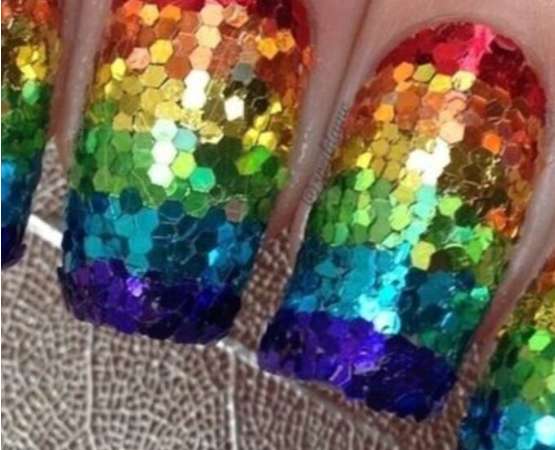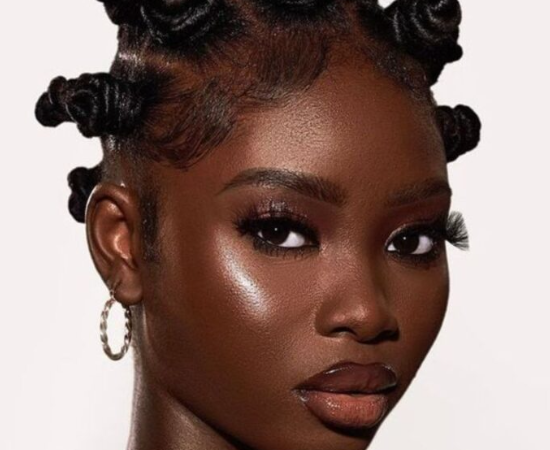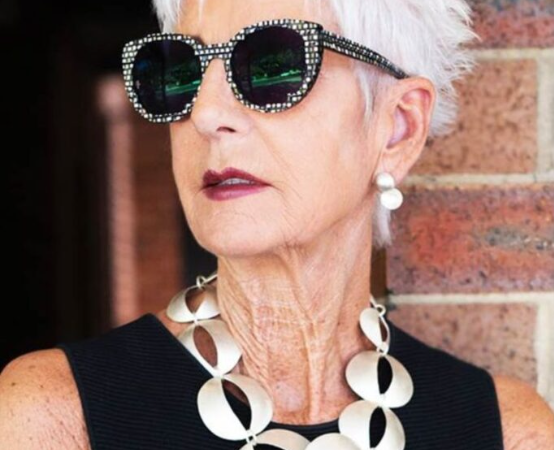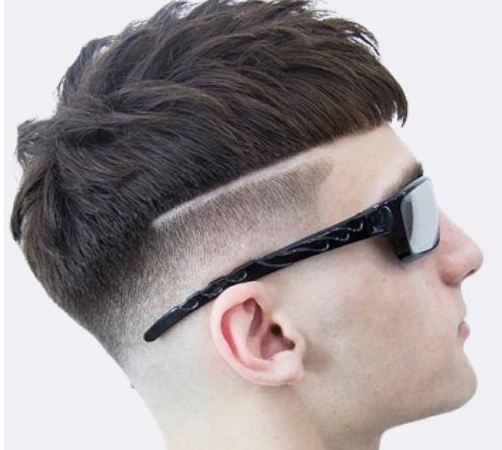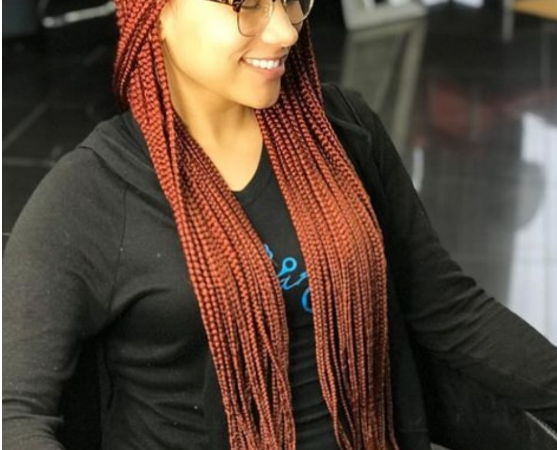Does Having a Widow’s Peak Associate With My Genetics?
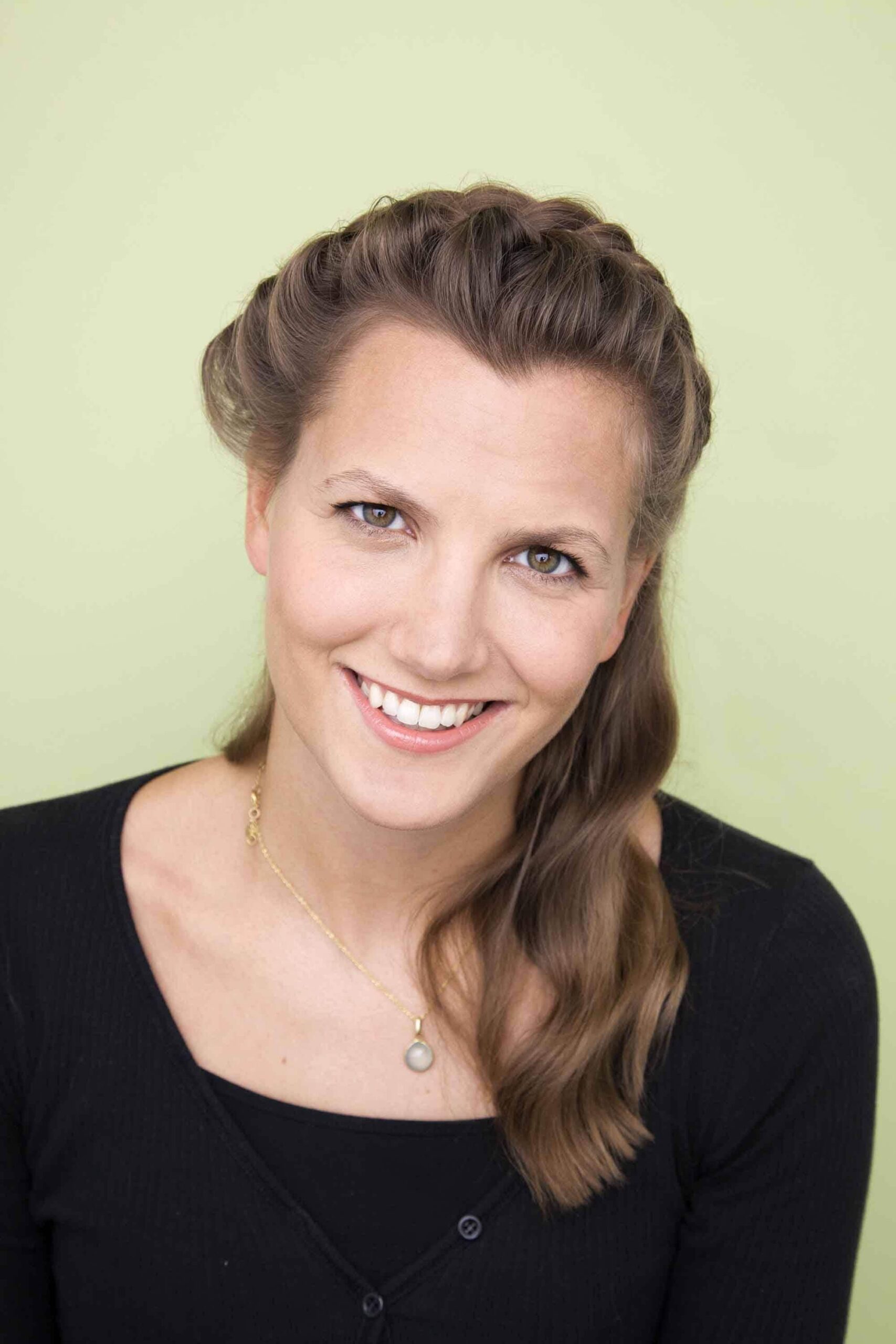
Widow’s peak – In the world of genetics and hereditary traits, the human body is a captivating canvas of inherited features that can unlock the secrets of our ancestry. Among these intriguing traits is the “Widow’s Peak,” a distinctive V-shaped hairline on the forehead that has sparked curiosity and speculation about its genetic origins. As individuals gaze into the mirror, they might wonder if this unique hairline holds deeper insights into their genetic makeup and familial history.
In this blog, we delve into the fascinating world of genetics to unravel the mysteries behind the Widow’s Peak, exploring its connections to inheritance, underlying genetic factors, and its role in understanding heredity. Join us on this scientific journey as we shed light on the secrets locked within our genes and reveal whether the presence of a Widow’s Peak can indeed tell us something remarkable about our genetic heritage.
What is a widow’s peak?
The term “widow’s peak” is derived from the analogy of the pointed shape of the hairline resembling the traditional veiled headwear worn by widows in mourning during certain historical periods. The widow’s peak hairline is characterized by a V-shaped or M-shaped point in the centre of the forehead, where the hairline forms a downward point in the middle.
The term’s origin can be traced back to the late 18th and early 19th centuries when such hairstyles were associated with mourning and widowhood. Women who lost their husbands often wore black mourning veils that covered their faces and heads, and the pointed shape of their hairline was likened to the triangular point of the veil, hence the name “widow’s peak.”
It’s worth noting that the term is not meant to have any negative connotation; instead, it’s a descriptive term for a specific type of hairline. People of all genders can have a widow’s peak hairline, a genetically inherited trait passed down through families. While it was once linked to mourning and widowhood, it is now considered a unique characteristic of an individual’s appearance.
Widow’s Peak Hairline Causes
A widow’s peak hairline is a genetically inherited trait primarily caused by specific genetic factors passed down from parents to their offspring. The trait is determined by the interaction of multiple genes that influence the shape and pattern of hair growth on the forehead.
The exact genes responsible for the widow’s peak trait have not been fully identified. Still, it is believed to involve a combination of genetic variants that affect hair follicle development and distribution. Some research suggests that certain versions of genes involved in hair growth and development can lead to the characteristic V-shaped or M-shaped hairline.
Additionally, the expression of the widow’s peak trait can be influenced by the interaction between various genes and hormonal factors during fetal development. Hormones are crucial in determining the pattern and distribution of hair growth on the body, including the hairline.
It’s important to note that a widow’s peak hairline is a harmless and naturally occurring variation in hairline patterns. It does not cause any health issues and is simply a unique characteristic of an individual’s appearance. Like other genetic traits, a widow’s peak is inherited from parents and can be observed in different members of the same family.
Widow’s Peak Myths
Widow’s peak hairlines have been the subject of several myths and superstitions. While these myths are not scientifically supported, they have contributed to this distinctive trait’s intrigue and curiosity. Some common widow’s peak myths include:
- Sign of Early Widowhood: One of the most prevalent myths suggests that individuals born with a widow’s peak will be widowed at an early age. This myth likely originated from the name “widow’s peak” itself, associating the hairline with widowhood. However, there is no scientific basis for such a belief, as a widow’s peak is solely a genetic trait and has no bearing on one’s marital status or life events.
- Personality Traits: Some believe having a widow’s peak is associated with specific personality traits or characteristics. For example, it has been suggested that individuals with a widow’s peak are more likely to be mysterious, assertive, or dishonest. These claims are purely speculative and lack any scientific evidence. Hairline patterns do not determine personality traits.
- Dominant Trait: Another myth surrounding widow’s peaks is that it is a dominant genetic trait passed down from generation to generation. While it is true that the trait can be inherited from parents, the genetics behind the widow’s peak are more complex, involving multiple genes and not simply a single dominant gene.
- Hair Loss: There is a misconception that having a widow’s peak is an early sign of hair loss or male pattern baldness. However, the shape of the hairline does not correlate with hair loss. Different genetic and environmental factors influence hair loss, and a widow’s peak does not predispose anyone to hair loss.
- Luck and Fortune: In some cultures, having a widow’s peak has been associated with luck or misfortune. For example, in certain folklore, individuals with a widow’s peak are believed to be destined for greatness, while others may consider it a sign of bad luck. These beliefs are entirely based on cultural traditions and have no scientific basis.
Widow’s Peak Hairstyling
Styling a widow’s peak hairline can be a fun and creative process that enhances your overall appearance. Whether you choose to embrace the natural shape or work with it to achieve a specific look, here are some hairstyling tips for those with a widow’s peak:
- Embrace Natural Flow: Let your widow’s peak hairline shine by opting for hairstyles that follow its natural flow. Styles like a classic side part or a swept-back look can complement the V-shaped or M-shaped hairline, accentuating its uniqueness.
- Longer Fringe or Bangs: If you prefer to minimize the prominence of your widow’s peak, consider longer fringe or bangs that partially cover the hairline. This style can soften the forehead’s appearance while retaining your natural hairline shape.
- Layers and Texture: Adding layers and texture to your hair can create dimension and divert attention away from the hairline. Layers can help create volume and movement, balancing out the appearance of the forehead.
- Short Hairstyles: Short hairstyles like pixie cuts or cropped hairstyles can also work well with a widow’s peak. The shorter length draws attention to the overall style and can give a contemporary and stylish look.
- Avoid Severe Center Parting: Avoid harsh centre partings that draw attention directly to the centre of the forehead. This can make the widow’s peak more noticeable. Instead, opt for more asymmetrical partings or side parts.
- Hairstyling Products: Hair products like mousse, pomade, or hair wax can help control and style your hair in a way that complements your widow’s peak. Experiment with different products to achieve your desired look.
- Consult a Professional Hairstylist: If you’re uncertain which hairstyle would suit you best, consider consulting a professional hairstylist. They can provide personalized advice and recommend styles that flatter your facial features, including your widow’s peak.
What to do if you don’t like your widow’s peak?
If you dislike your widow’s peak, consider trying these options:
- Choose hairstyles that work with or partially cover the hairline.
- Use hairstyling products to control the appearance of your hair.
- Camouflage the peak temporarily with makeup.
- Use hair accessories like headbands or scarves.
- Consult a hairstylist for professional advice.
- Embrace and celebrate your unique features for greater self-acceptance.
Conclusion
In conclusion, a widow’s peak is a natural and genetically inherited trait that makes each unique. While there are various ways to style or manage it, embracing and appreciating our distinctive features is the most critical aspect. Beauty is subjective, and self-confidence comes from accepting and celebrating our individuality.
Whether you highlight or minimize your widow’s peak, remember that it is just one aspect of your overall appearance. Embracing your uniqueness and finding self-acceptance will lead to greater confidence and empowerment in your skin. Let your widow’s peak symbolise your individuality and stand tall, knowing that you are truly one of a kind.
FAQs:
Is a widow’s peak a sign of hair loss or male pattern baldness?
No, a widow’s peak does not indicate hair loss or male pattern baldness. It is a genetically inherited trait that influences the shape of the hairline and is unrelated to hair loss. Various factors cause hair loss, and having a widow’s peak does not increase or decrease the likelihood of experiencing hair loss.
Can I change my widow’s peak through hair treatments or surgery?
While cosmetic procedures are available, such as hair transplant surgery or hairline lowering surgery, they are typically used for different purposes and not specifically to alter the shape of a widow’s peak. It’s essential to consult with a qualified medical professional to understand the options available and make an informed decision based on your specific needs and expectations.
Is a widow’s peak a dominant genetic trait?
The genetics behind the widow’s peak is more complex than a simple dominant or recessive trait. The trait is determined by multiple genes and their interactions, making it difficult to classify as strictly dominant or recessive. It can be inherited from one or both parents, and its expression can vary between individuals within the same family.
Read More- 25 + Low Maintenance Short Natural Haircuts for Black Females
Read More- Top 10 Edgar Haircut Ideas for Men for 2023
Read More- 25+ Best Wash And Wear Haircuts For Over 60

